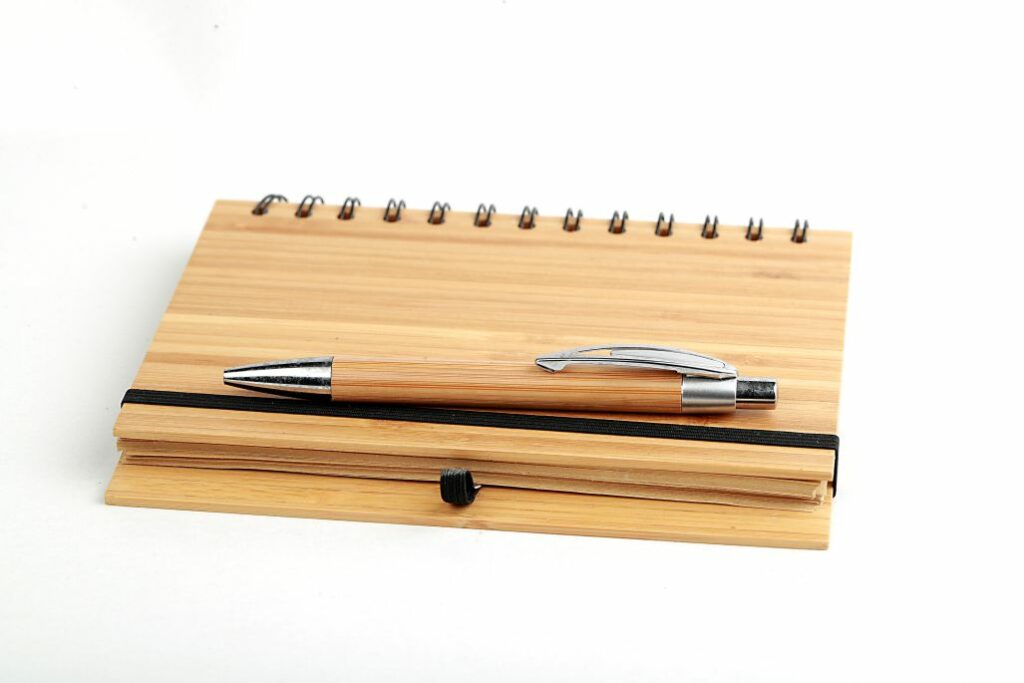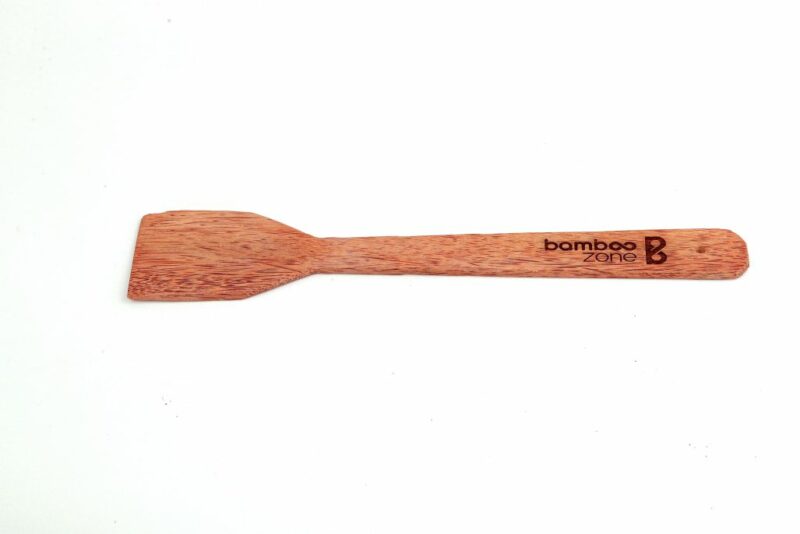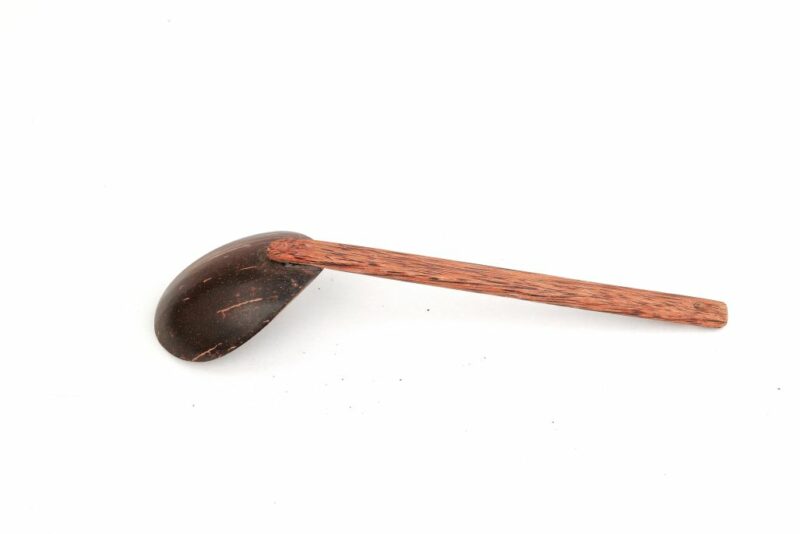GET 10% OFF
YOUR FIRST PURCHASE
Subscribe to our newsletter for new products, trends and offers, plus your chance to win a ₹500 gift card!
Bestselling Picks
-

 Add to Wishlist-3% OFFAdd to Wishlist
Add to Wishlist-3% OFFAdd to WishlistBamboo Toothbrush Premium Plus
-

 Add to Wishlist-4% OFFAdd to Wishlist
Add to Wishlist-4% OFFAdd to WishlistBamboo Toothbrush for Kids – Chilsoft
-

 Add to Wishlist-3% OFFAdd to Wishlist
Add to Wishlist-3% OFFAdd to WishlistBamboo Tumbler (Flask) 400 ml
-

 Add to Wishlist-2% OFFAdd to Wishlist
Add to Wishlist-2% OFFAdd to WishlistCoconut Shell Bowls
-

 Add to Wishlist-1% OFFAdd to Wishlist
Add to Wishlist-1% OFFAdd to WishlistBamboo Coffee Tumbler (400ml)
-

 Add to Wishlist-2% OFFAdd to Wishlist
Add to Wishlist-2% OFFAdd to WishlistBamboo Coffee Press (600ml)
-

 Add to Wishlist-12% OFFAdd to Wishlist
Add to Wishlist-12% OFFAdd to WishlistCoconut Shell Rakhi

Join the Eco Movement
We are connecting India’s Bamboo Lovers and rural farmers through Bamboozone and also deals with Eco products. We will together build a Greener Planet and save our Environment “Replace Plastic Through Bamboozone “We consider ourselves a socially responsible company with a mission of facilitating change to more environmentally friendly alternatives to plastic for both individuals and businesses worldwide. Through education and offering beautifully designed eco-friendly products we hope to help the need to reduce plastic pollution worldwide. Also to support local communities in rural areas with employment and income opportunities that are rare in many remote areas of Different States in India.
Popular Across Site
-

 Add to Wishlist-10% OFFAdd to Wishlist
Add to Wishlist-10% OFFAdd to WishlistBamboo Tongue Cleaner
-

 Add to Wishlist-7% OFFAdd to Wishlist
Add to Wishlist-7% OFFAdd to WishlistBamboo Shaving Razor
-

 Add to Wishlist-15% OFFAdd to Wishlist
Add to Wishlist-15% OFFAdd to WishlistCopper Tongue Cleaner
-

 Add to Wishlist-9% OFFAdd to Wishlist
Add to Wishlist-9% OFFAdd to WishlistCoconut Wood Spatula
-

 Add to Wishlist-9% OFFAdd to Wishlist
Add to Wishlist-9% OFFAdd to WishlistCoconut Shell Spoon (Thavi)
-

 Add to Wishlist-4% OFFAdd to Wishlist
Add to Wishlist-4% OFFAdd to WishlistBamboo Coffee Cup (330ml)
















































